Two travellers and their rescue dogs arrived in a truck the size of a tiny home. A day later, they were in our kitchens, spending time with our animals and sharing an unforgettable eye to eye moment with Jason the Nile Crocodile. Meet Susi and Kim. For most of their adult lives, their story looked familiar. Susi ran a large veterinary practice. She managed a team, handled emergencies and often slept four...
World Animal Day
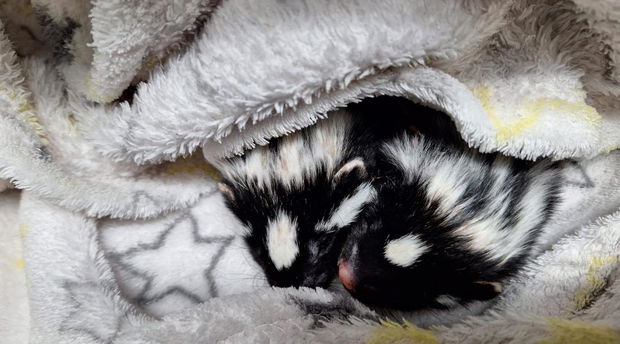
On this World Animal Day, we celebrate the beauty and diversity of the animals that share our planet. From majestic lions to delicate butterflies, every creature plays a vital role in nature's intricate web of wonder.
This week, we were gifted with another opportunity to shed light on another unique species and their importance. Have you ever seen a Striped Polecat? If not, prepare to have your heart melt. These two little kits were in our care for a few days, after being found near a home in Calitzdorp. The homeowner spotted the babies and kept an eye on them for quite some time, but their mum never returned. She reached out to us for advice, and we encouraged her to wait a little longer. Sadly, the mum did not return, and just before dark, the babies were taken indoors to be tended to during the unexpected ‘Spring cold-front’. Even still, there remained no signs of mum, and arrangements were then made to bring the kits to Cango Wildlife Ranch for assistance. Upon arrival, the kits were immediately attended to by our doting curators. They were fed and then placed in a warm incubator, where they had blissful naps.
Striped Polecats are also commonly referred to as African Polecats, Cape Polecats, Zorillas or African Skunks. They are found throughout Southern Africa and are close relatives of the African Weasel, but they differ in that they are larger, their coat is longer, and they have three characteristic white dots on their head. Adults measure up to 65cm in length, of which almost half is just their tail. They generally weigh in between 600 grams to 1.5 kilograms.
Striped Polecats are legendary for their ability to emit a foul-smelling substance from its anal glands for protection, much like an American Skunk. The odour is so powerful that people have observed them standing their ground against grown lions who simply curl their lips in distaste and opt to move on instead of attacking the stinky creature.
After a few days in our care, with healthy appetites and cuteness galore, we made the decision to transfer the kits to Tenikwa Rehabilitation Centre in The Craggs. Our onsite Animal Care Centre had insufficient space for the kits, and the goal is always first and foremost opting for the best outcome for the animals being rescued, which in this case is further rehabilitation, minimal human imprinting, and if all goes to plan, a successful wild release. These miraculous little creatures sparked much interest amongst our staff and we were all sad to see them go, but Tenikwa welcomed them with open arms, and we are all excited to see them grow in there care as they prepare them for rewilding.
Together, we can make a difference. Every step toward protecting animals and their habitats is a step toward a future teeming with wildlife and biodiversity. So let’s embrace this day as a call to action—whether through conservation efforts, reducing our carbon footprint, or spreading awareness of the threats to wildlife. 🌿🦋🐘
CONSERVE. CARE. CONNECT.
Further Reading
Jade and Levinia met in the most unexpected way. Both attended the same church - he played the organ, and she was trying to leave early, and found her car blocked in by his. While he played, she waited. When she finally drove off, neither imagined that moment would change their lives.
Wild Animal Volunteers arrive with purpose. Their days begin with structure and intention as they join the team for morning duties. They help prepare specialised diets, assist with habitat care, support Animal Caregivers, and take part in the routines that keep our facility running smoothly. Every task is practical. Every action matters. Each moment contributes directly to animal welfare.
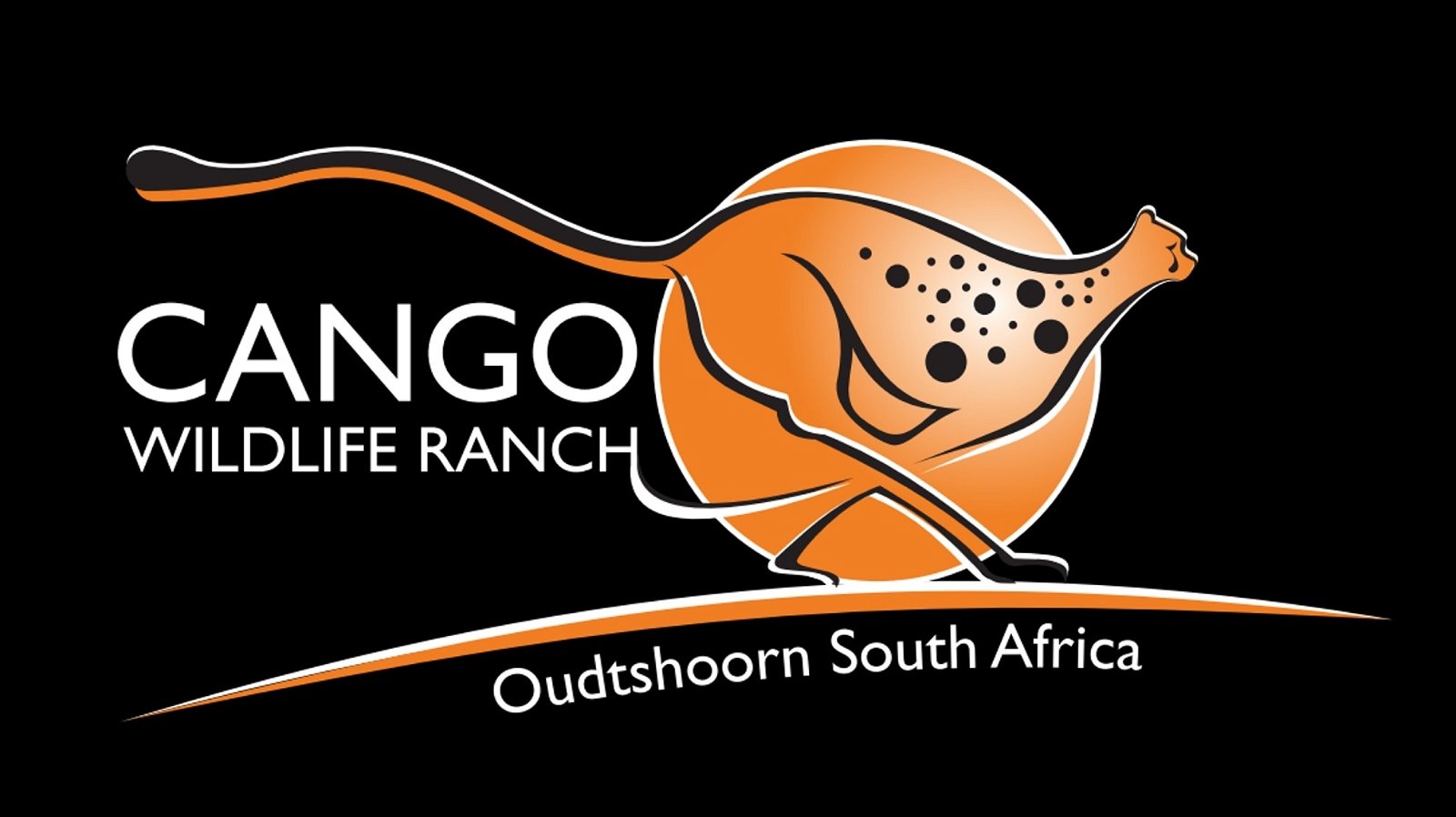












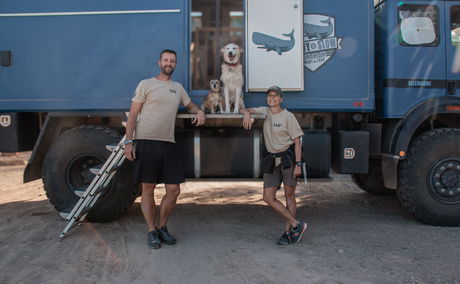
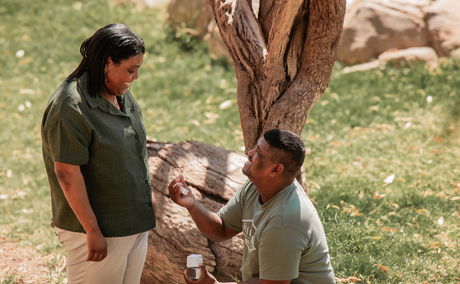
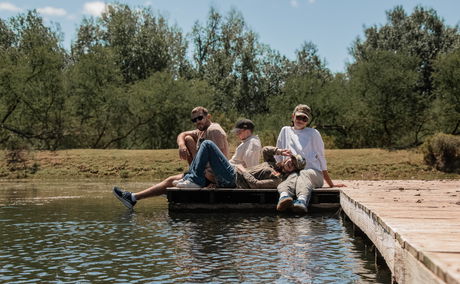
Share This Post